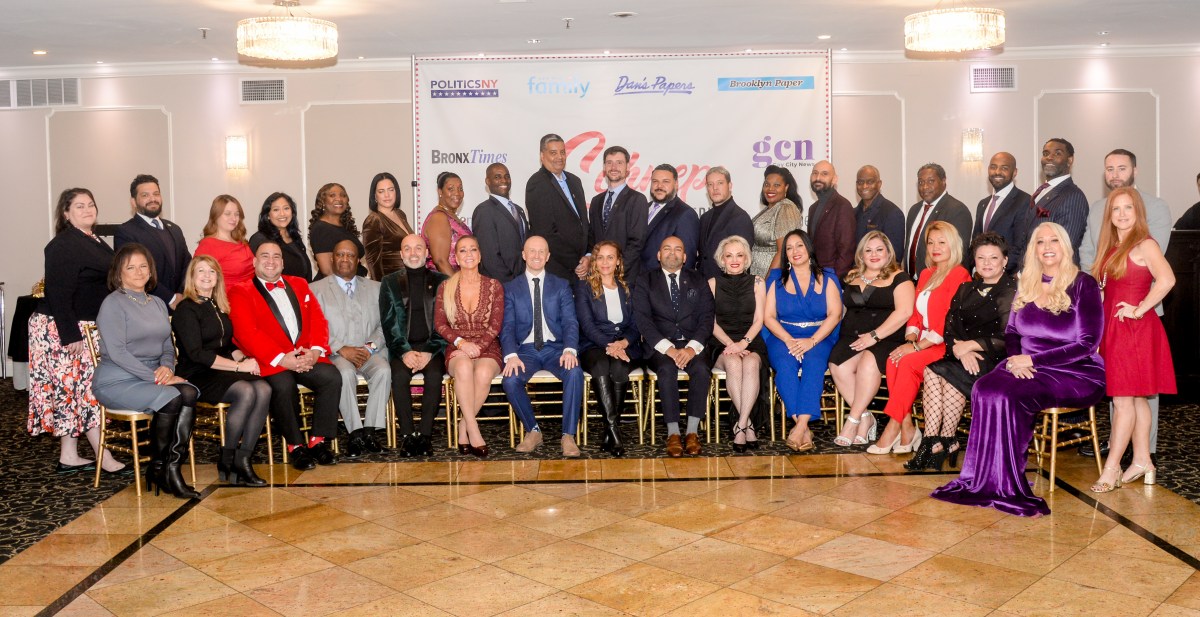City kids got an interactive and cultural music learning experience to calypso, hip-hop, and traditional Armenian music at Carnegie Hall on May 12. The venue’s musical explorers program introduces elementary-aged youngsters to a variety of world music from three artists each semester and teaches them basics of each genre. One of them was Trinidadian trumpet player Etienne Charles who was thrilled to be a part of the program and see reactions from the kids during his performance, he said.
“I really liked seeing the kids having fun and getting to play great music but a memorable moment for me was to see kids sing ‘Miss Mary Ann’ at the top of the show,” said Charles. “It’s a very classic calypso song and they knew all the words.”
Musical explorers is a program developed by Carnegie Hall for city classrooms and gives thousands of city kids in kindergarten to second grade the opportunity to learn about music from around the world and in different languages. This semester kids learned about calypso from Charles, and discovered bilingual hip-hop and traditional Armenian folk music from groups Circa ‘95 and Zulal respectively.
The artists are initially presented to the students through classroom video where they watch all the artists instruct them on the basics of their genres and they teach a few songs, said Charles.
“We did a video demonstrating the different rhythms and we taught them the lyrics and explained the background of calypso music,” he said.
The program culminates with a concert and the artists share a stage playing the songs the children learned during the semester. Charles played a set of popular Caribbean tunes such as “Jump in the Line” and “J’ouvert Barrio,” and kids sang along to the tunes.
Charles said he championed the musical explorers curriculum because it not only gives children a chance to learn about new music, but they get to further explore the cultures of music in ways they may not get to at home to become more immersed.
“There are a lot of immigrants in New York City and it’s great to see all those kids simply because many West Indian kids grow up here and may or may not get into the culture at home, and this might be the place where they get to experience it and kind of solidify who they are for them,” he said.
























